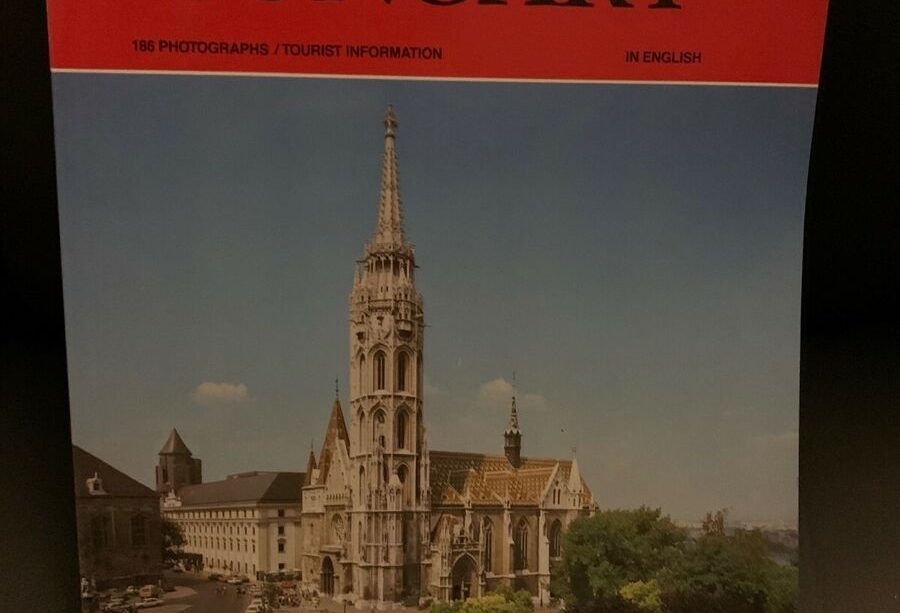Discovering Hungary: From Heritage to Modern Developments

Introduction
Hungary, located in Central Europe, is renowned for its rich history, stunning architecture, and vibrant culture. With a population of approximately 9.6 million people, Hungary has made significant contributions to art, science, and politics over the centuries. Its capital, Budapest, often called the “Paris of the East”, is a hub for tourists and an important center of education and industry. Understanding Hungary’s current events is crucial not just for those with ancestral ties to the country, but for anyone interested in European affairs.
Current Events and Developments
As of 2023, Hungary’s political landscape has been increasingly significant on the European stage. The government, led by Prime Minister Viktor Orbán and his Fidesz party, has faced scrutiny from the European Union for its controversial policies, including restrictions on press freedom and judicial independence. In recent months, Hungary has seen widespread protests urging the government to respect democratic principles.
On the economic front, Hungary’s recovery from the pandemic has shown promise. The country reported a GDP growth rate of 4.3% in the first quarter of 2023, driven by expanding sectors such as information technology and biotechnology. The Hungarian Forint has also experienced fluctuations, raising concerns among economists about inflation and purchasing power.
Cultural Heritage and Tourism
Despite the challenges, Hungary continues to attract international visitors. The country’s cultural events, such as the Budapest Spring Festival and the Sziget Music Festival, draw large crowds and foster a deep appreciation for Hungarian culture. Additionally, UNESCO World Heritage sites like the Buda Castle Quarter and the Hortobágy National Park showcase the historical significance and natural beauty of the region.
Conclusion
Hungary’s blend of ancient heritage and modern challenges makes it a vital player in Europe. As the nation navigates its economic recovery and addresses political criticism, it remains a focal point for understanding broader European issues. The cultural richness of Hungary, coupled with its historical depth, ensures that it will continue to be an essential topic for discussion and exploration. For readers interested in the interplay of culture, politics, and economics, keeping an eye on Hungary will provide valuable insights into the dynamics shaping the continent.









